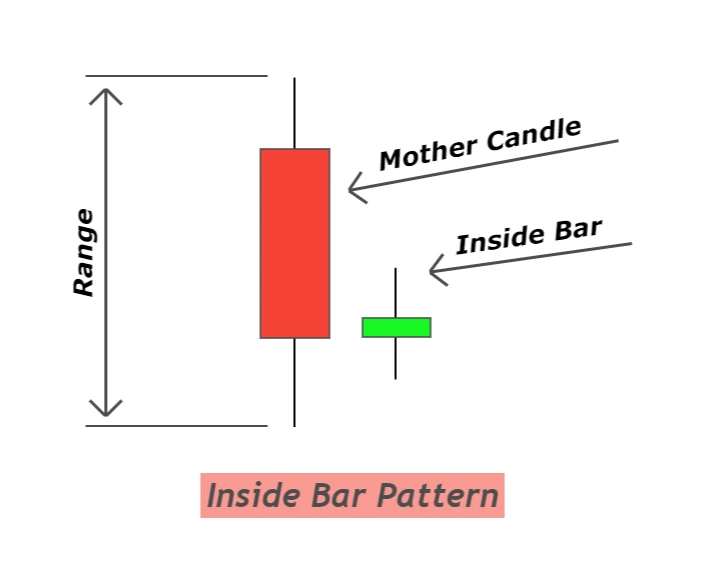X : Our executive team is concerned that we need to up our game in order to out innovate Amazon.
Me : Do you map?
X : Yes
Me : Like this?
X : No. What's that?
Me : A map of a tea shop.
X : Why is that a map?
Me : Long story, all to do with how space has meaning. To keep it short, maps help people to focus on user needs, the components involved, to communicate missing components and scenario play ideas like staff becoming robots.
Me : They’re also good for measuring and managing capital flow, making investment decisions, removing bias and getting rid of duplication.
X : I don’t see how that helps with innovation?
Me : Well, innovation is a tricky word because we use it to describe many things. If you’re talking about differentiation with the adjacent unexplored then you’re experimenting in the “uncharted” space e.g. immortality with magic provided by the special custom built kettle.
X : That sounds like nonsense.
Me : A lot of what people think will be the next great innovation is nonsense. Actually, most of it is. That’s the nature of the uncharted space, it’s experimental, high risk and generally results in failure.
X : We need more reliable innovation.





